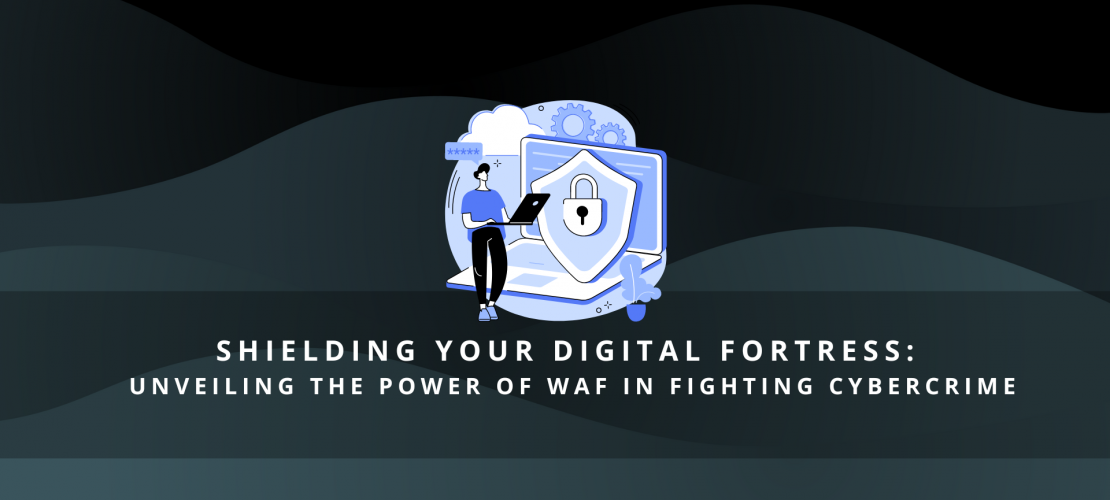Introduction
In today’s digital landscape, web applications are the backbone of many businesses, serving as gateways for communication, transactions, and data exchange. However, with the rise in cybercrime and sophisticated hacking techniques, securing web applications has become a critical concern for organizations worldwide. One powerful tool in the arsenal against cyber threats is the Web Application Firewall (WAF). In this blog, we will delve into the importance of WAFs in combating cybercrime and explore their capabilities in shielding your digital fortress.
Understanding Web Application Firewalls (WAFs)
A Web Application Firewall (WAF) is a security solution designed to protect web applications from a range of cyber threats, including SQL injection attacks, cross-site scripting (XSS), remote file inclusion, and other common vulnerabilities. Unlike traditional firewalls that focus on network-level protection, WAFs operate at the application layer, providing an additional layer of defense to identify and block malicious traffic before it reaches the application.
The Power of WAFs in Fighting Cybercrime
- Threat Detection and Prevention: WAFs employ advanced algorithms and pattern recognition techniques to detect and prevent a wide range of cyber threats. By analyzing incoming traffic in real-time, WAFs can identify suspicious activities, malicious payloads, and known attack patterns. They can then block or mitigate these threats, preventing unauthorized access, data breaches, and application vulnerabilities.
- Zero-day Attack Protection: Zero-day attacks refer to vulnerabilities that are unknown to the software vendor and, therefore, lack a patch or fix. WAFs can offer protection against zero-day attacks by employing behavior-based analysis, anomaly detection, and machine learning algorithms. By continuously learning from patterns and behaviors, WAFs can identify and block new and emerging threats, providing proactive defense against zero-day attacks.
- Web Application Security Hardening: WAFs play a crucial role in enhancing the security posture of web applications. They provide a layer of protection by enforcing security policies, validating user input, and filtering out potentially malicious requests. WAFs can also help organizations adhere to compliance regulations, such as the Payment Card Industry Data Security Standard (PCI DSS), by providing the necessary security controls and preventing unauthorized access to sensitive data.
- Mitigating Distributed Denial of Service (DDoS) Attacks: DDoS attacks can overwhelm web applications and disrupt their availability, causing significant financial and reputational damage. WAFs can help mitigate the impact of DDoS attacks by analyzing incoming traffic, identifying suspicious patterns, and implementing rate limiting or traffic filtering mechanisms. By distinguishing legitimate traffic from malicious requests, WAFs can ensure the uninterrupted availability of web applications during DDoS attacks.
- Granular Access Control and Authentication: WAFs enable organizations to enforce granular access control policies and implement strong authentication mechanisms. They can enforce restrictions on specific IP addresses, user agents, or geolocation, helping prevent unauthorized access and brute-force attacks. Additionally, WAFs can integrate with existing authentication systems, such as multi-factor authentication (MFA), to add an extra layer of security for user authentication.
Conclusion
In the battle against cybercrime, organizations must fortify their digital fortresses with robust security measures. Web Application Firewalls (WAFs) provide a powerful defense mechanism by protecting web applications from a range of cyber threats, including SQL injection, XSS attacks, and zero-day vulnerabilities. By leveraging advanced threat detection and prevention capabilities, granular access control, and authentication mechanisms, WAFs play a vital role in safeguarding web applications and preserving the integrity, availability, and confidentiality of sensitive data.




